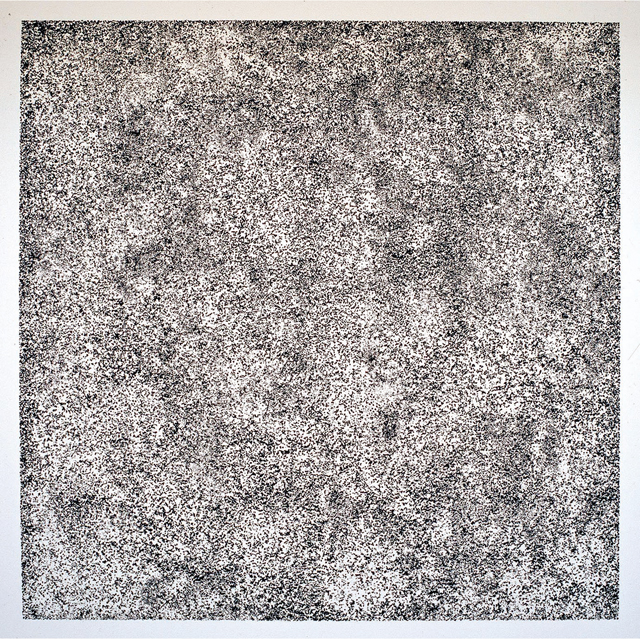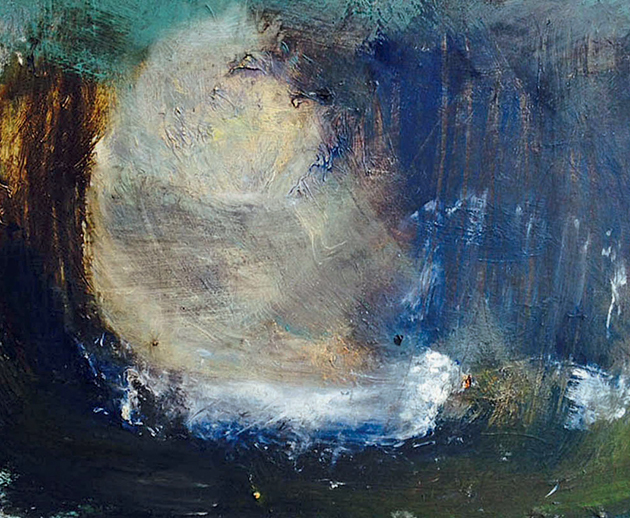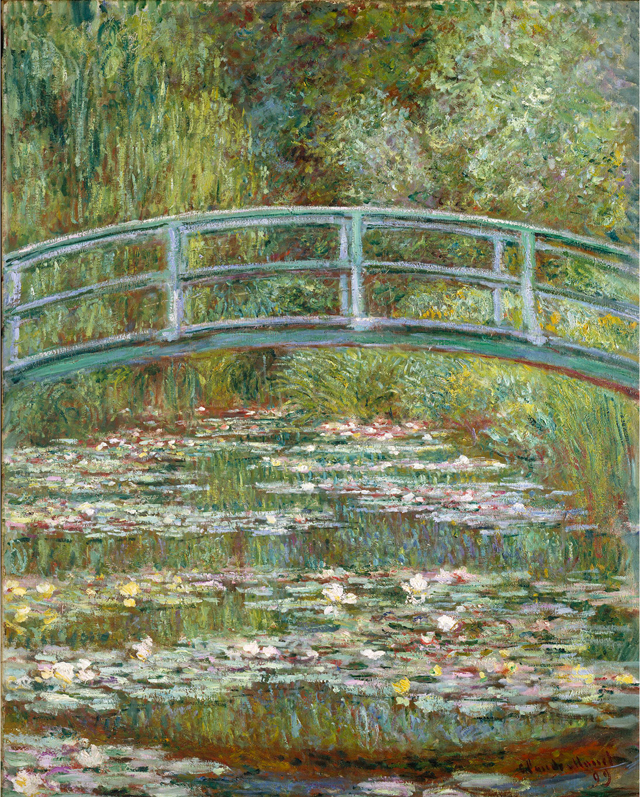My favourite painting: The Countess of Harewood
The Countess of Harewood chooses her favourite painting for Country Life.


Lava Landscape, 2014, by Ragna Róbertsdóttir (b.1945), a temporary mural for ‘Safn Berlin’ made with lava from Hekla, 131¾in by 102 1/3in, Berlin.
The Countess of Harewood says: There is a formal beauty to these ‘Lava Landscapes’, constructed on site, their size and shape determined by their location, the monochrome surfaces subtly and infinitely variable. But these works are not merely landscape views, they are the land, made from pumice collected by the artist in the volcanic areas of Iceland. They record an engagement with the very substance of the Earth itself, with a physicality that takes your experience beyond the purely visual, a scale and an immeasurable quantity of stone fragments that place us bodily in relationship to the vastness of the landscape.
The Countess of Harewood is the artist and curator Diane Howse, whose exhibition ‘The Silent Wild’ is at the Brontë Parsonage Museum until September 28.
John McEwen comments: To make this landscape, Ragna Róbertsdóttir first spread glue onto the selected area of wall. Then, she donned a face mask and plastic boilersuit to protect herself from the pumice stone she had earlier gathered and ground into dust. With gloved hands, she scooped the pumice from heaps on the floor and flung it to stick on the glued surface. When the pumice was distributed to her satisfaction, the work was complete, the floor swept and viewing commenced.
Such murals require an eruption of physical energy, mirroring the volcanic origins of the material. They are temporary installations; when the exhibition finishes, so does the work. The wall is cleared and repainted, the eruption over.
‘I always have done it very simply. Often the story is in the material,’ says Mrs Róbertsdóttir. When she receives a commission, she goes to her ‘material bank’ and selects what she considers best for the particular space. The bank consists of labelled plastic boxes filled with pumice stone—parent volcano named —basalt, seashells and even acrylic chips normally used in discotheques.
The pumice and other natural materials are sieved, weighed and washed before being stored. Some materials she grinds down to spread as floor or wall pieces. Big lava stones are sometimes cut to make sculptures.
Sign up for the Country Life Newsletter
Exquisite houses, the beauty of Nature, and how to get the most from your life, straight to your inbox.
Mrs Róbertsdóttir is one of Iceland’s international stars. Reykavik-born, she studied at the Icelandic College of Arts and Crafts before completing her art education in Stockholm. Like many Icelanders, she is only semi-resident: she lives in Berlin, exhibits round the world and returns for the summer, like the island’s myriad migratory species of fish and birds.
This article was originally published in Country Life July 29, 2015
More from the My Favourite Painting Series

My favourite painting: Olivia Musgrave
Olivia Musgrave chooses her favourite painting for Country Life.

My favourite painting: Bobby Dundas
Bobby Dundas chooses his favourite painting for Country Life.
Country Life is unlike any other magazine: the only glossy weekly on the newsstand and the only magazine that has been guest-edited by HRH The King not once, but twice. It is a celebration of modern rural life and all its diverse joys and pleasures — that was first published in Queen Victoria's Diamond Jubilee year. Our eclectic mixture of witty and informative content — from the most up-to-date property news and commentary and a coveted glimpse inside some of the UK's best houses and gardens, to gardening, the arts and interior design, written by experts in their field — still cannot be found in print or online, anywhere else.
-
 Six rural properties with space, charm and endless views, as seen in Country Life
Six rural properties with space, charm and endless views, as seen in Country LifeWe take a look at some of the best houses to come to the market via Country Life in the past week.
By Toby Keel
-
 Exploring the countryside is essential for our wellbeing, but Right to Roam is going backwards
Exploring the countryside is essential for our wellbeing, but Right to Roam is going backwardsCampaigners in England often point to Scotland as an example of how brilliantly Right to Roam works, but it's not all it's cracked up to be, says Patrick Galbraith.
By Patrick Galbraith
-
 My favourite painting: Allan Mallinson
My favourite painting: Allan MallinsonMilitary historian Allan Mallinson picks an image of 'faith, generosity and ultimate sacrifice'.
By Charlotte Mullins
-
 My Favourite Painting: Piet Oudolf
My Favourite Painting: Piet Oudolf'One cannot sense whether he is far out on the ocean or closer to shore, or what he may be watching or feeling in that moment as he stares towards the beach.’
By Country Life
-
 My Favourite Painting: Mary Plazas
My Favourite Painting: Mary Plazas'There is compassion, awe, humility, a knowing yet a questioning in the glistening eyes. It moves me, it inspires me beyond the need to know.’
By Country Life
-
 My favourite painting: Robert Kime
My favourite painting: Robert KimeRobert Kime shares his fondness for New Year Snow by Ravilious
By Country Life
-
 My Favourite Painting: Anna Pavord
My Favourite Painting: Anna PavordAnna Pavord chooses a picture which reminds her of where she grew up
By Country Life
-
 My favourite painting: The Duchess of Wellington
My favourite painting: The Duchess of WellingtonThe Duchess of Wellington chooses her favourite painting for Country Life.
By Country Life
-
 My favourite painting: Maureen Lipman
My favourite painting: Maureen LipmanMaureen Lipman chooses her favourite painting for Country Life.
By Country Life
-
 My favourite painting: Jacqueline Wilson
My favourite painting: Jacqueline Wilson'I looked at this painting and decided to write about a Victorian circus girl one day'
By Country Life